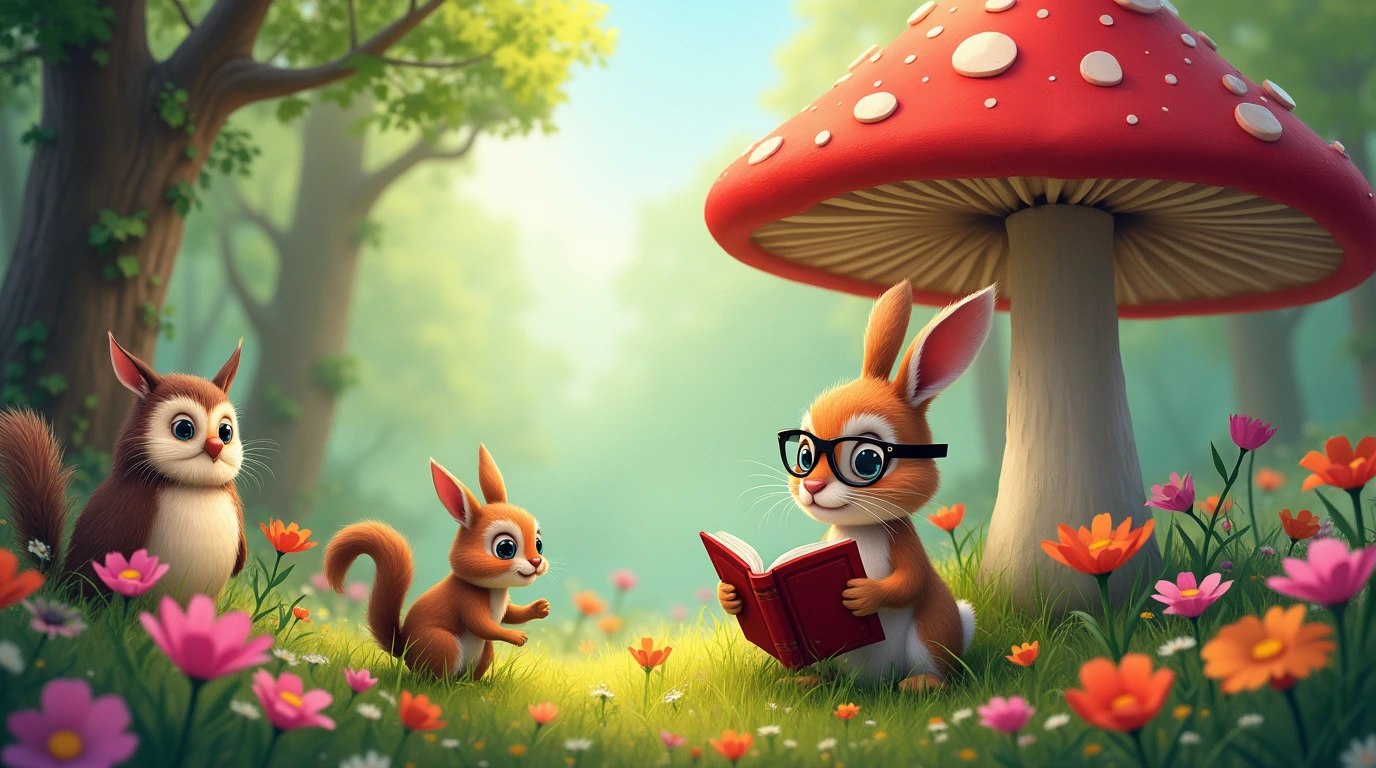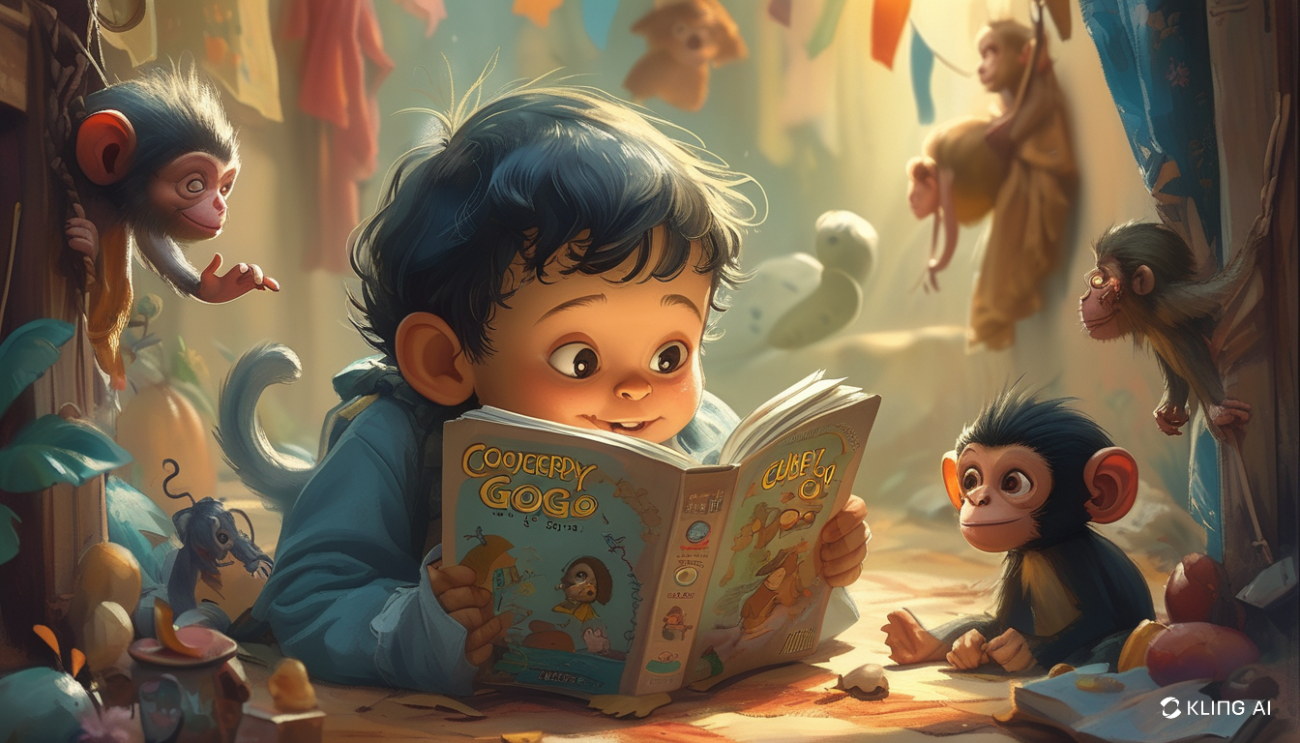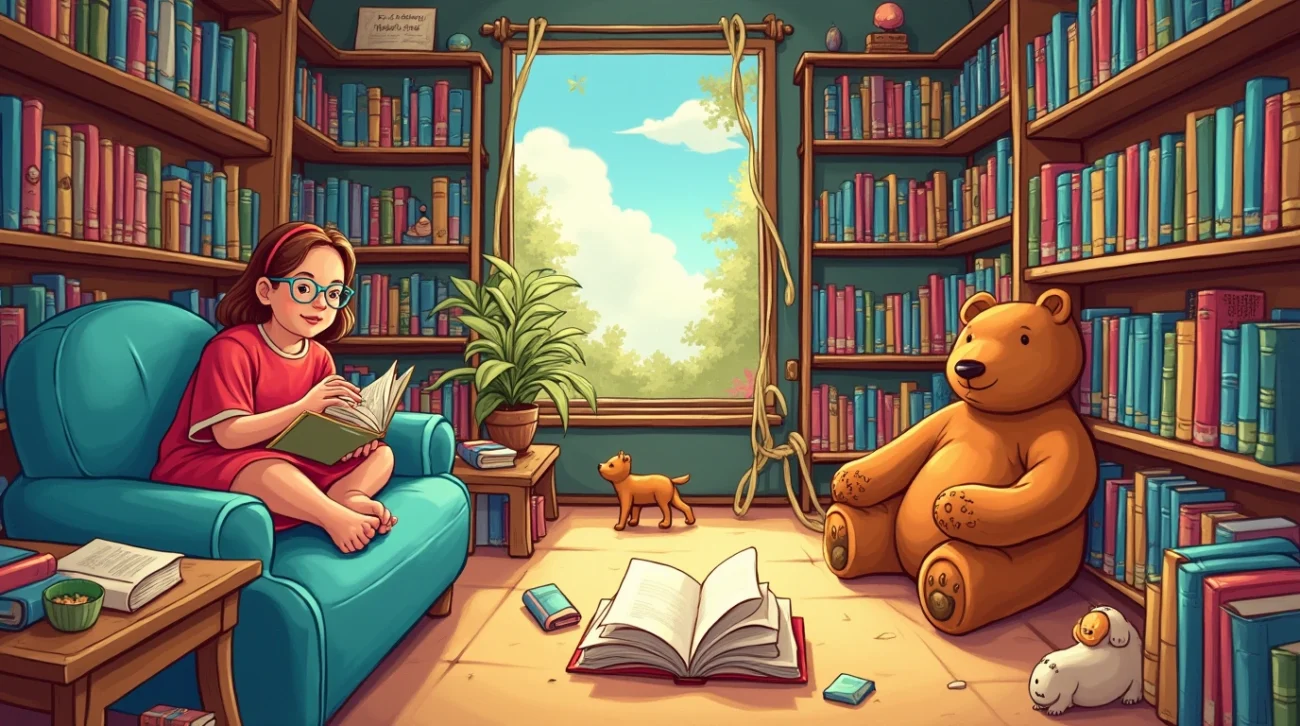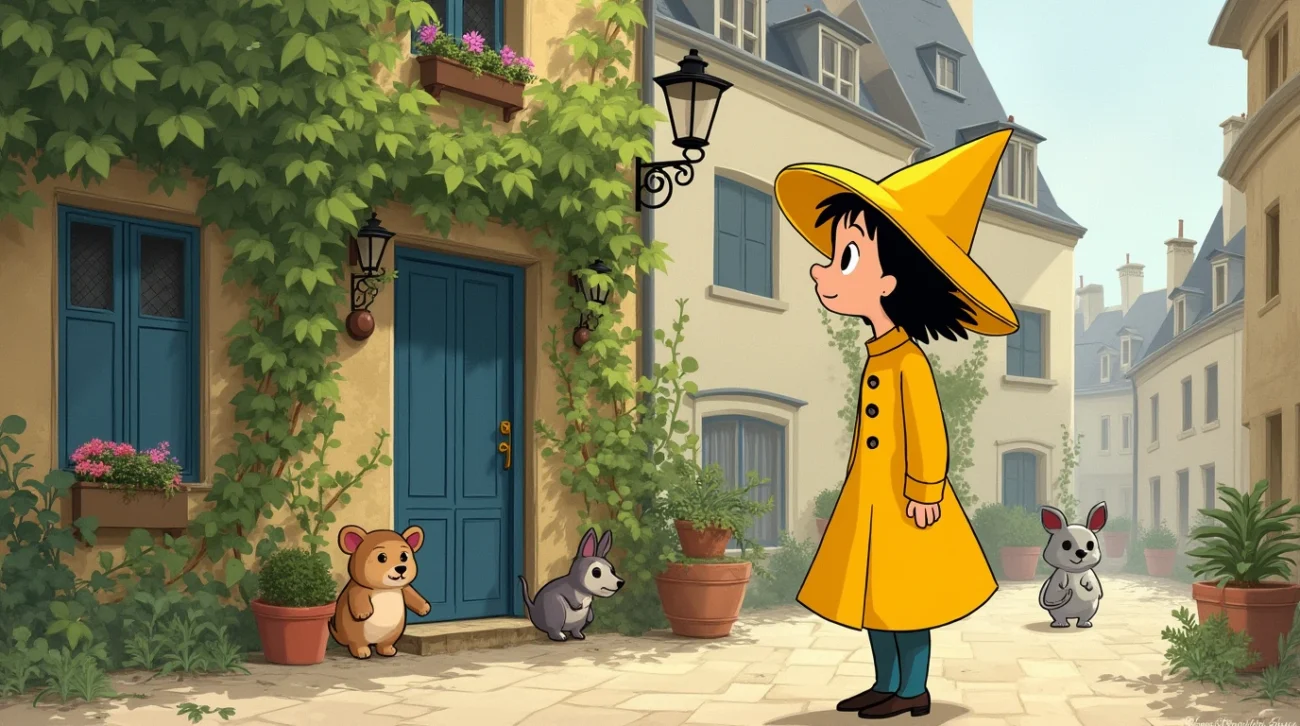Hello there! Ever opened a children’s storybooks and watched as a child’s face lights up, captivated by the colorful pages and whimsical tales within? Children’s books offer far more than just entertainment they are essential tools that open gateways to imagination, learning, and growth for young readers. Whether you’re a storytelling expert or new to this magical world, join us as we dive into the enchanting universe of children’s stories!
The Importance of Children’s Stories
Children’s stories are much more than funny characters and colorful illustrations. These books serve as a foundation for young minds to build language, empathy, and curiosity. The history of children’s literature goes back centuries, with each generation adding its unique touch to these timeless tales. Here’s why these stories continue to be so significant for children today:
- Fostering Imagination
Children’s stories have a special magic that transports readers to worlds where animals talk, and magical creatures roam freely. By inviting children into these realms, stories help to cultivate a sense of wonder and adventure. - Creating Lifelong Learners
Each story read is a learning experience, introducing children to new words, sentence structures, and ideas. Repetition, rhyme, and rhythm found in these books reinforce language skills, which builds a strong foundation for future learning. - Instilling Valuable Life Lessons
Many children’s stories are crafted to subtly teach values and morals, from kindness and courage to empathy and resilience. Through various characters and scenarios, children learn how to approach real-world situations with confidence and understanding.
Why Children’s Storybooks Are So Magical
So, what makes these stories so enchanting? It’s the mix of creativity, simplicity, and emotional connection that creates an immersive experience for both children and adults alike. Stories often have repetitive language and memorable illustrations, making them engaging for young minds. Here are a few ingredients that make children’s stories irresistible:
- Engaging Characters: From brave princesses to mischievous animals, children’s books are filled with memorable characters that kids relate to or admire. These characters often represent qualities children can emulate or learn from, like kindness, bravery, or curiosity.
- Captivating Imagery: Illustrations are integral to children’s literature. They provide visual clues to the story and create a rich sensory experience. Vivid imagery also helps children to connect more deeply with the narrative.
- Accessible Language: Stories for children often use simple and clear language to ensure understanding. This accessibility is key in keeping young readers or listeners engaged.
The Benefits of Reading Children’s Stories
Reading to children is more than just a cozy bedtime ritual; it’s a powerful developmental tool that supports cognitive, social, and emotional growth. Here are some of the many benefits of reading children’s stories:
- Language and Cognitive Development
Reading to children introduces them to new words and ideas, enhancing their vocabulary and comprehension skills. Early exposure to language builds a solid foundation for literacy and future academic success. - Boosting Imagination and Creativity
Children’s books often feature magical realms and fantastical creatures that stimulate young readers’ imaginations. By visiting these fictional worlds, children learn to think creatively, opening up endless possibilities for exploration and innovation. - Building Empathy and Emotional Understanding
Children’s stories introduce readers to diverse characters and experiences, helping them understand emotions and develop empathy. By seeing the world through a character’s eyes, children learn to appreciate different perspectives. - Developing a Love for Reading
By making reading an enjoyable experience, children’s stories help instill a love for books that can last a lifetime. This enjoyment leads to a desire for learning, which opens up opportunities for continued knowledge and growth. - Encouraging Bonding and Connection
Reading together provides a special time for parents and children to bond, fostering closeness and creating cherished memories. This bonding also enhances a child’s sense of security and self-worth.
Popular Genres in Children’s Literature
The world of children’s literature is wonderfully diverse, offering various genres that cater to young readers’ unique interests. Here’s a look at some popular genres and what makes them captivating:
- Fairy Tales
Fairy tales transport children to magical lands filled with wizards, fairies, and mythical creatures. Classic tales like Cinderella and Jack and the Beanstalk are favorites that teach timeless moral lessons. - Fantasy
Fantasy stories introduce young readers to a world where anything is possible. With themes of courage and adventure, these books inspire creativity and encourage kids to think beyond reality. - Adventure
Adventure stories are perfect for thrill-seeking young readers. Filled with mystery and excitement, these tales take children on journeys through uncharted lands and teach them about bravery and resilience. - Animal Stories
Animal tales often feature friendly creatures as main characters, teaching children about empathy and kindness. Stories like The Tale of Peter Rabbit make learning values fun and relatable. - Mystery
Kids love solving mysteries, and books that offer suspense and clever twists are perfect for encouraging critical thinking. These stories keep readers engaged, with plotlines that require problem-solving and patience. - Humor
Humorous stories provide children with an enjoyable, lighthearted reading experience. Funny characters and silly situations encourage laughter, helping to foster a positive association with reading. - Science Fiction
Science fiction explores futuristic ideas and advanced technology, sparking curiosity about science and the unknown. From time travel to outer space, these books expand children’s understanding of what might be possible.
Tips for Making Reading Time More Engaging
Making reading time fun and engaging for children can have a lasting impact on their attitude toward books. Here are some tips for creating an enjoyable reading experience:
- Choose Interactive Books: Look for books with interactive elements like flaps, textures, or sound buttons to keep kids engaged.
- Use Different Voices: Try using distinct voices for different characters to make the story come alive.
- Ask Questions: Encourage children to think about the story by asking questions. This can improve their comprehension and critical thinking skills.
- Establish a Routine: Set a consistent reading time to create a habit and reinforce the joy of reading as part of their daily routine.
How to Choose the Right Children’s Book
With countless options available, choosing the right book can be challenging. Here are some tips for selecting a great children’s storybook:
- Consider Age Appropriateness
Select books that are suited for your child’s age and developmental stage. Younger children may enjoy picture books, while older kids might prefer chapter books. - Find Books That Match Their Interests
Look for books that cater to your child’s interests, whether it’s animals, space, or fairy tales. This will keep them engaged and excited to read. - Look for Diverse Perspectives
Choose books that feature diverse characters and themes. Representation matters and can help children develop an appreciation for different cultures and viewpoints. - Explore Different Genres
Encourage your child to explore various genres, from mysteries to fantasy. A variety of genres exposes them to different storytelling styles, broadening their literary horizons. - Check for Positive Themes
Select books that promote positive values like friendship, resilience, and kindness. These stories can have a lasting impact on children’s character development.
Noteworthy Authors in Children’s Literature
Some authors have made a significant impact on the world of children’s literature, and their books are cherished by children and adults alike. Here are a few iconic names:
- Dr. Seuss
Known for his quirky rhymes and unique characters, Dr. Seuss has created timeless classics like Green Eggs and Ham and The Cat in the Hat. His stories are beloved for their humor and valuable life lessons. - Roald Dahl
With imaginative stories like Charlie and the Chocolate Factory and Matilda, Roald Dahl is known for creating fantastical worlds filled with adventure and moral lessons. - Shel Silverstein
An author and illustrator, Shel Silverstein’s works, including The Giving Tree and Where the Sidewalk Ends, are both humorous and heartfelt, resonating with readers of all ages. - J.K. Rowling
The Harry Potter series by J.K. Rowling has captivated millions worldwide, offering a blend of fantasy, friendship, and courage. Her books inspire readers to believe in magic and the power of friendship. - Eric Carle
Known for The Very Hungry Caterpillar, Eric Carle’s colorful illustrations and simple stories make his books ideal for younger readers who are just starting to explore the world of literature.
Conclusion
Children’s stories provide a beautiful mix of entertainment and education, helping young readers grow, imagine, and develop a lifelong love for reading. By choosing books that capture their interests, encourage creativity, and offer positive values, you can give children a magical experience that will stay with them for years to come. So grab a storybook, snuggle up with your child, and let the journey begin—one story at a time.














